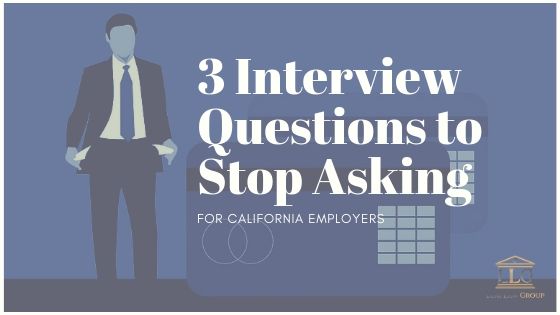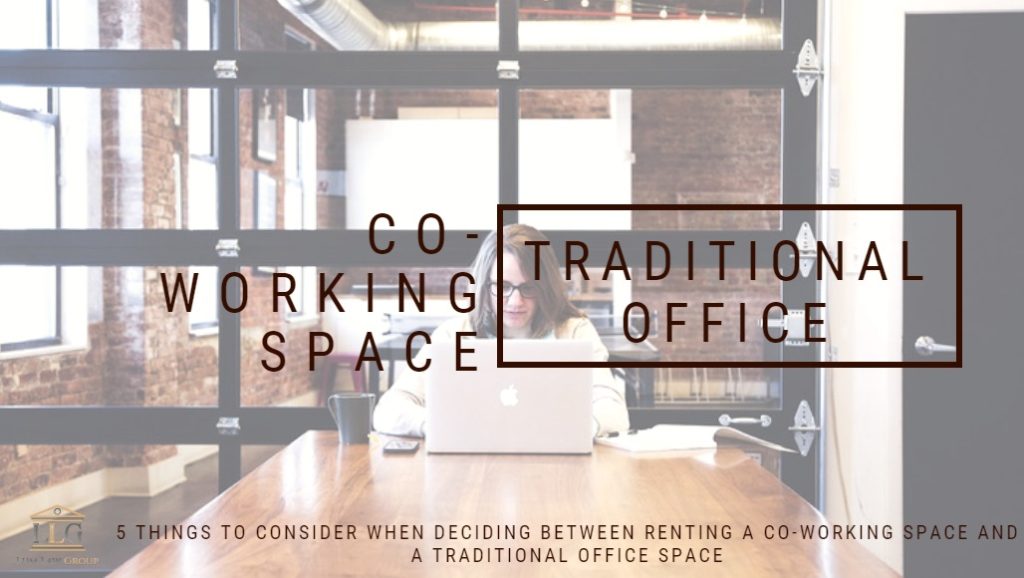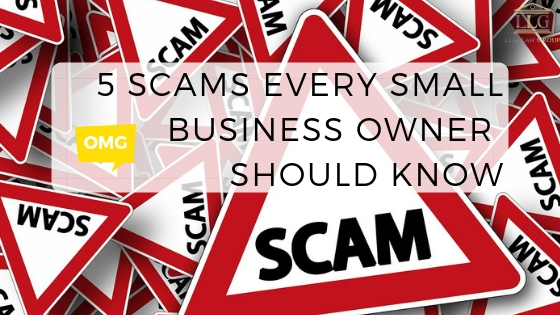When Do Small Business Owners Need to Lawyer-up and Why You Need an Attorney too

Starting or running a small business? Hiring an attorney might not be top of mind, but it can save you headaches down the road. From forming your company and drafting contracts to handling employee issues, ensuring proper licensing, and protecting intellectual property, an experienced lawyer can guide you through critical steps. Learn when and why consulting an attorney can benefit your business.
How Data Analysis Can Improve Your Small Business

If the term “data analysis” seems frighteningly out of reach for your small business, let us clear up how it can be of help. We are also a small business and often find ourselves dealing with an overwhelming amount of data, or options, and we feel like it’s getting out of hand. So data analysis […]
California Business Owners: Stop Asking These Interview Questions!

If you’re a small business owner who isn’t accustomed to hiring, you’re probably unaware that many of the common interview questions from “back in the day” are now illegal to ask in California. We’ve divided this article into two sections: the three questions you need to stop asking now, and the three questions you should’ve […]
3 Things You Can Do to Make Interviewing Job Candidates Easier

While startup founders are well-known for their skills in selling their business, they’re also known for being smart about hiring. Small business owners, especially long-term owners or new entrepreneurs, may not be as hiring savvy. If you’re new to the hiring process, here’s a few strategies you can employ for a more successful interview. Prepare […]
5 Things to Consider When Deciding Between Renting a Co-working Space and a Traditional Office Space

We at Lum Law Group know many who have ventured into the modern world and signed up for the modern working space. Instead of hiring an agent to find a traditional office space, negotiating a one to five year long lease, and waiting months to move in, a co-working space can start you in their […]
Top 3 Differences between a Sole Proprietor and a Single-Member Limited Liability Company (LLC)

If you’re a one-man (or woman) business, you might wonder whether you should continue operating as a “sole proprietor”, or register as a single-member Limited Liability Company (LLC). Since both business entity types are for a single owner, we will cover the top three items you should consider in deciding between sole proprietorship and single-member […]
Small Business Owner: Avoid These 5 Common Scams

At the end of the year, many small businesses take stock and plan how to do better in the next year– much like how individuals check their bank accounts and step on their scales to see how they can improve those numbers come January 2019. The desire to improve is commendable. Yet, where large companies […]
5 New 2019 California Employment Laws Business Owners Should Know

California will implement many new regulations in the coming year. As a small business owner, it’s important to remain up-to-date with new legislation so that you can ensure your business is in compliance with State regulations. As employment defense attorneys, we encourage businesses to take preventative action before they’re sued by their employees. Here’s five […]
Small Business Owners: Trademark Your Brand and Grow Your Business

Our intellectual property attorney, A. Justin Lum, was interviewed by Steve Thompson, writer of 245 Days to Go, a blog for small business and startup entrepreneurs and Contented Writing. One of the biggest issues for a startup business is protecting your ideas. Every startup is built on the solid foundation of an idea and the […]

